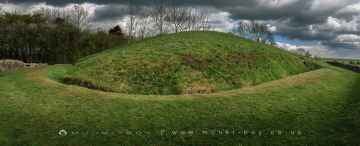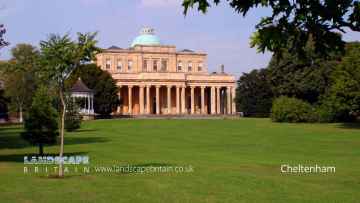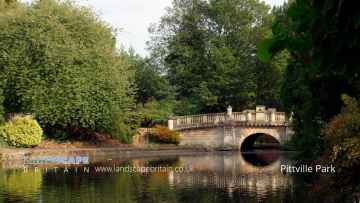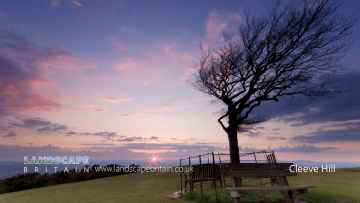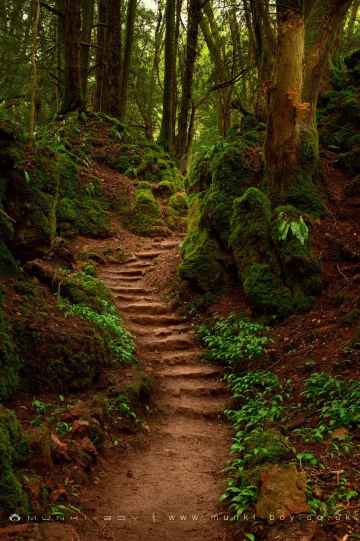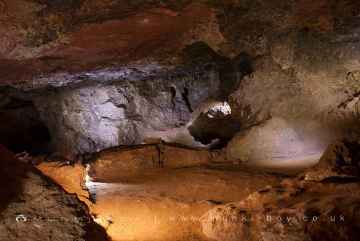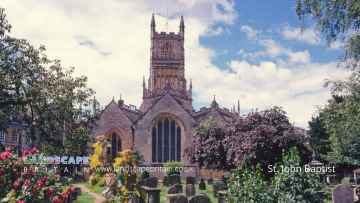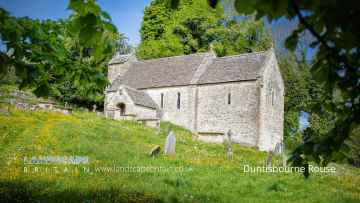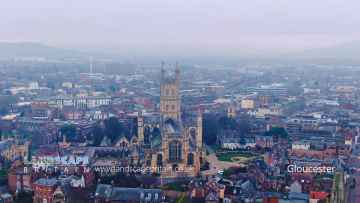Stonehouse
Stonehouse is a Town in the county of Gloucestershire.
There are great places to visit near Stonehouse including some great ancient sites, historic monuments, towns, parks, hills, woodlands, geological features, caves, old mines, airports, historic buildings, villages and cities.
Belas Knap Long Barrow, and Notgrove Long Barrow are great places to visit near Stonehouse if you like ancient sites.
Belas Knap Long Barrow is a great place to visit close to Stonehouse if you like historic monuments.
Don't miss Cheltenham, Coleford, and Cirencester's towns if visiting the area around Stonehouse.
Places near Stonehouse feature a number of interesting parks including Pittville Park.
Stonehouse is near some unmissable hills like Cleeve Hill,
The area around Stonehouse's best woodlands can be found at Puzzlewood.
Stonehouse is near some unmissable geological features like Puzzlewood,
The area around Stonehouse's best caves can be found at Clearwell Caves.
The area close to Stonehouse boasts some of the best old mines including Clearwell Caves.
Don't miss Gloucestershire Airport's airports if visiting the area around Stonehouse.
St. John Baptist Cirencester, and Gloucester Cathedral are great places to visit near Stonehouse if you like historic buildings.
The area around Stonehouse boasts some of the best villages including Duntisbourne Rouse, and Rodmarton.
The area around Stonehouse's best cities can be found at Gloucester.
Stonehouse History
There are some historic monuments around Stonehouse:
Places to see near Stonehouse
History of Stonehouse
In 1327, one of the manor’s masters, John Maltravers, was implicated in the murder of Edward II in Berkeley Castle, and fled abroad. He later found favour with Edward III and the Stonehouse manor was restored to him âby tenure de Marchacia (of the royal Marshalcy) by a rose per annumâ. The rose was a symbol of loyalty to the Crown. This may have been the origin of the modern day emblem of Stonehouse - the Tudor rose. 1375 - 1558 The manor was owned by the Earls of Arundel. The Lord of the Manor did not necessarily live at the house; it would have often have been occupied by a steward or tenant. During this period the manor house was a working court, holding jurisdiction over the whole manor. This is when it became known as Stonehouse Court. 1558 The Court was sold to local clothiers William Fowler and William Sandford. The cloth industry was now becoming the major source of employment in the area.









